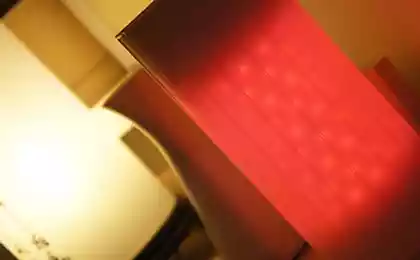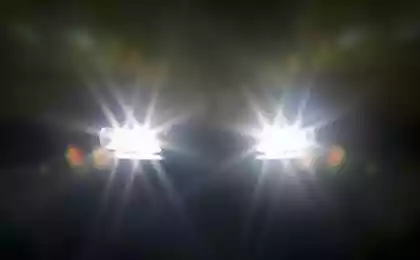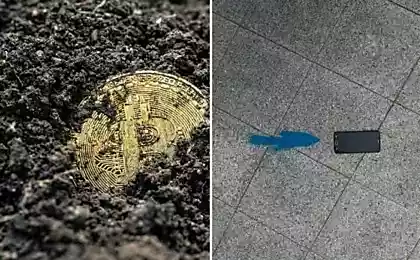466
Light can lift objects and even control their movement

Maybe solar sails, which today are already experiencing in space, will receive and "wheel", which in the future will allow the spacecraft to move in interstellar space only by the inexhaustible energy of the sun?
Photons - light quanta - creates light pressure when reflected from the object. Therefore, solar sails must have unique reflectivity, the pressure is maximal. But how to manage them? What if the photons are not only reflected on the surface of the material, but also pass through it? Then the angle at which the light hits the material in and out of it, will determine the direction of movement of the subject, suggested Grover Shvartslender from Rochester Institute of Technology in New York (the Rochester Institute of Technology). He and his colleagues created a computer model of the "light-wing", figured his best performance and test your work in the laboratory. The object flew!
In a paper published in the journal Nature Photonics, scientists talk about their experiences with optical lifting force. They manufactured a rod of several micrometers of transparent plastic. Flat on one side and rounded on the other, it resembles the shape of an airplane wing. They are placed in the rod chamber with water and illuminated from underneath the ultraviolet laser light. As predicted, the rod not only rise, but, more importantly, moving in the direction perpendicular to the laser light.
With symmetrical microspheres such focus is not obtained. In the case of aerodynamic lift force occurs due to the shape of the wing, whether bird or Boeing: air beneath it moves more slowly and at a higher pressure than on the wing. Optical lift force generated inside the transparent object as the light passes through and is refracted. During the experiment, scientists have a record optical lifting angle - about 60 degrees. If you flew under these conditions, your stomach would have turned out to be exactly in the heels, she notices Shvartslender.
The next task - check lift light in air using materials with different coefficients of reflection and refraction and the light of different wavelengths.
Shvartslender argues that the movement of the solar sail can be fully controlled in 3D, if you use two sets of semi-circular cross-bars. However, Dean Alhorn, leading engineer recently launched an experiment by NASA (NanoSail-D solar sail experiment) said that sunlight is too weak to carry out this project in practice.
Source: www.nkj.ru
via factroom.ru
The popularity of social networks has been experimentally predicted back in 1973,
The perception of another person is much more dependent on his accent than by appearance























